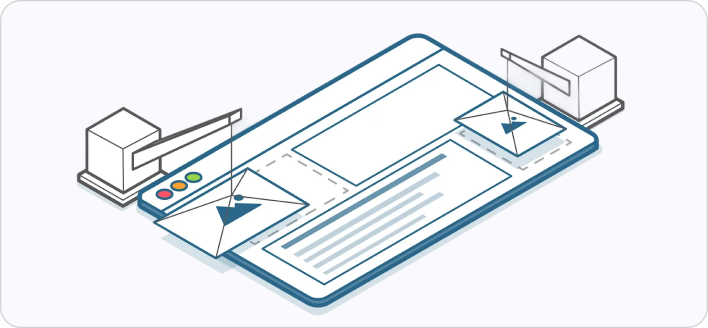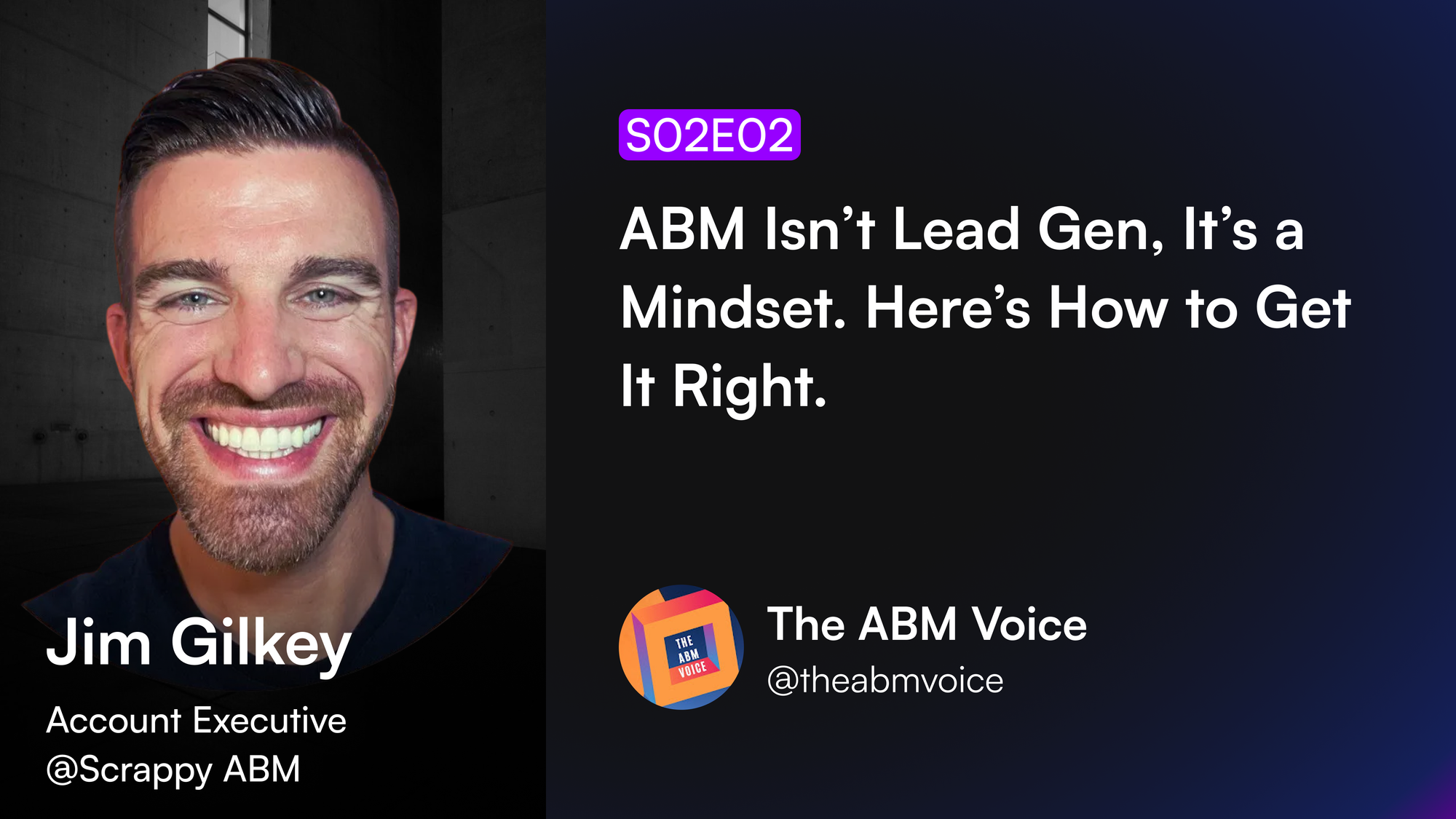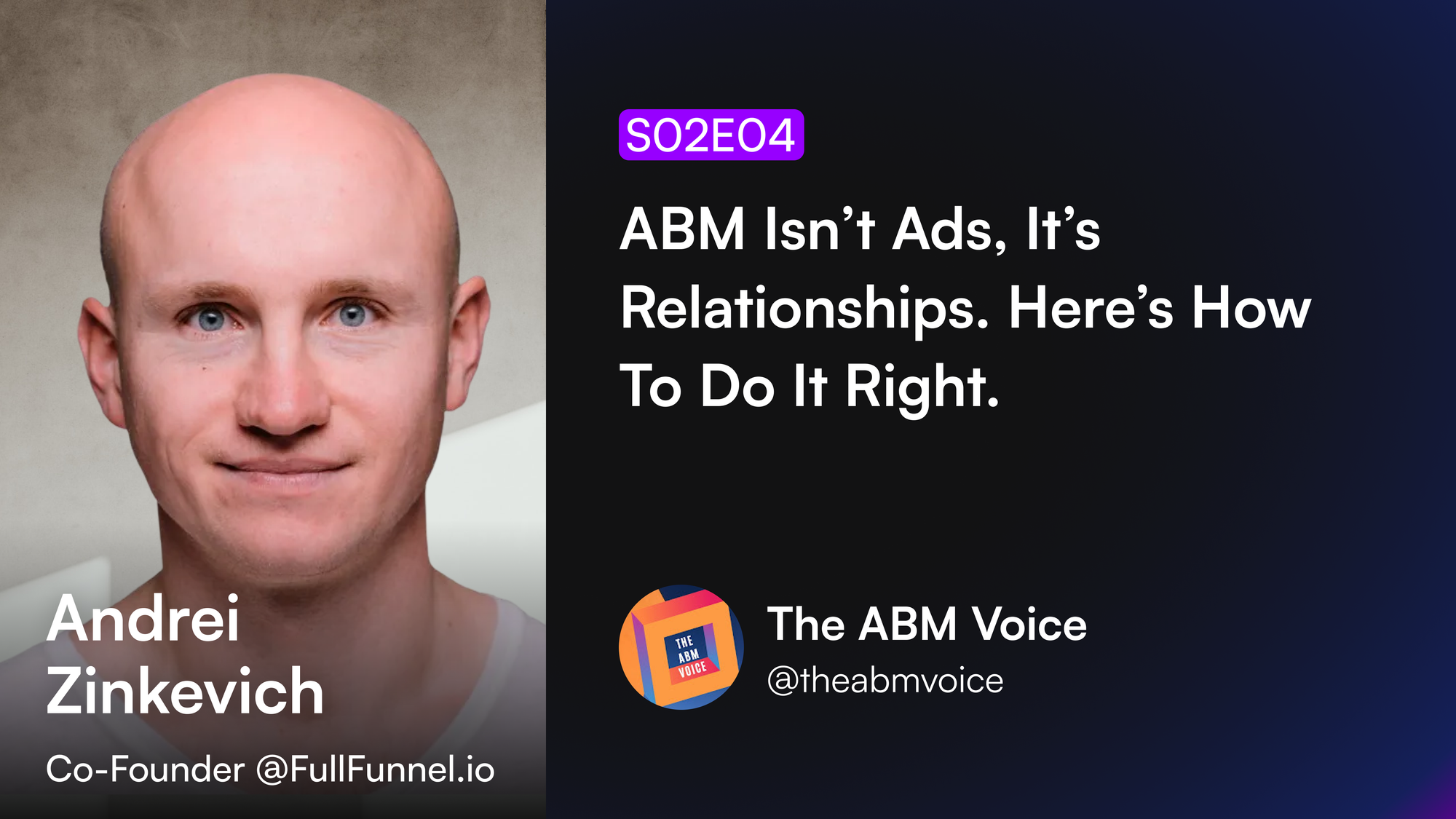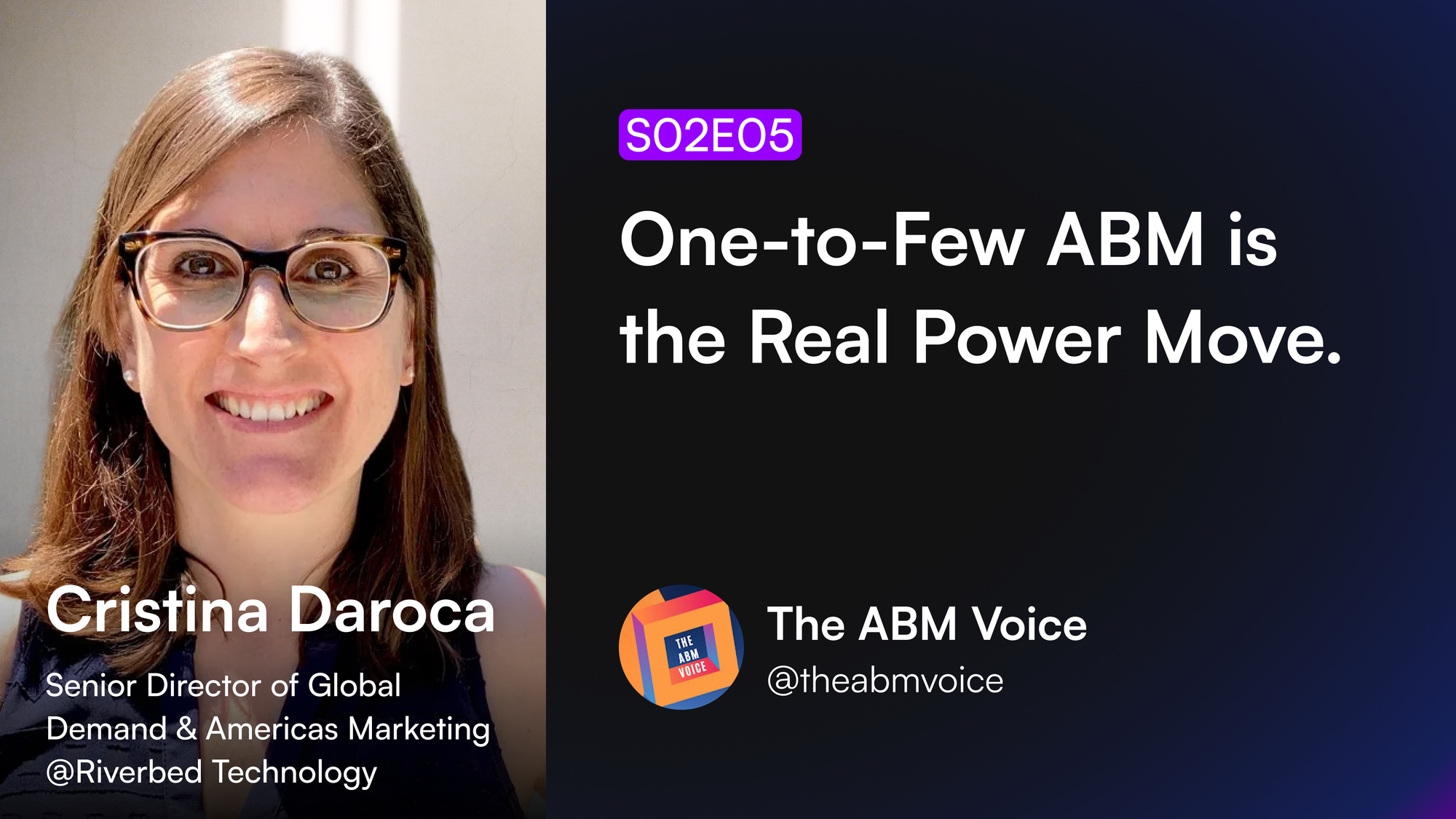Imagine you have built a great website, created new content, and promoted it on every social media channel. You have even done Google, LinkedIn, and Facebook ads to increase website traffic.
However, despite all this, you do not see enough conversions on the website. You have thousands of visits, but the bounce rate is high. People do not stay on a page beyond three seconds. Some don’t even go past the home page. Some read the blogs and download the ebook, but they don’t contact or respond to the emails.
If you have also been facing these issues, you are not alone!
According to a recent Gallup report, B2B companies fail to engage almost 70% of their customer base.
One of the reasons for poor engagement is the lack of personalization. Business buyers say that the leading reason for the limited engagement is irrelevant content.
You see, it takes an average of 7 stakeholders to make a purchase decision for the company. So, it has to make business sense to each of them. Each of them has to see a reason for investing in your offering.
Hence, one-size-fits-all messaging will not work. It has to be personalized for each decision-maker within the company.
In order to solve this problem, B2B marketers are transitioning from traditional marketing to Account-based Marketing (ABM). Instead of targeting every individual as a lead, they have started to target only those relevant companies and their key decision makers that are a good fit to do business with. And that's where the origin of Account-based personalization is.
What is account-based web personalization?
Account-based web personalization is tailoring the website content to suit the needs and preferences of a specific set of users.
To understand better, let's take an example of Amdocs. Amdocs has different banners on its website for finance and cable companies. To ensure that they target precisely, they use specific keywords such as the World’s largest cable and satellite operator. This makes it clear that they are targeting only the tier-1 cable companies and not the entire industry.
Another example is a sensor analytics company that provides analytics solutions for various industries. Like Amdocs, it personalizes the messaging and the images on its homepage depending on who visits the website.
Personalizing web experiences can lead to a 30% increase in conversion rates!
But the question is, how do you personalize the website for each user?
Well, that’s precisely what we will be discussing in detail.
Six steps to get started with Account-based web personalization
1. Determine your target audience
Who is your buyer? The entire exercise of web personalization is based on this critical question. If you don’t know your target audience, you are likely to do a poor job with personalization, which could cost firms billions of dollars! Web personalization is not just about using the person’s first name on the homepage. It goes deeper than that. Here’s what you can do to know your audience. Start by asking yourself questions such as:
- Which industries are you targeting? For example, is it a manufacturing company, is it an IT company, or a Government body?
- Are there any other specifications, such as the company should be listed in Fortune 1000, or it should be a small-sized startup? This will help you make your messaging more precise and focused.
- Who are you targeting, that is, who will benefit the most from your product? If it is a payroll management system, then perhaps your target audience could be the head of the HR department or the finance department.
- What are their key pain points that you aim to solve? The answer to this question will help you to frame your messaging.
2. Collect data for analysis
As a beginner, you might not know your ideal target audience. To find out, create resources that are relevant to your offerings and find out who visits your website, who downloads your ebooks the most, and who signs up for the webinar. Perhaps you thought that your target audience was the CSOs, but the data might show the CMO segment is taking more interest in your offerings. So, pay attention to these insights. Collect all the necessary information needed about your target audience - the company, job title, company size, job location, and all other details that would give you a better perspective of your target audience. Find out what kind of content they engage with, what they look for in your website, and how many times they have visited your website. The more information you get, the better it is to meet their needs. Now you should have everything to personalize your messaging accordingly.
Ensure that your data collecting strategy is compliant with GDPR and other privacy regulations. You don’t want to be on the wrong side of the law!
3. Determine how you want the prospect to take an action
Now comes the most exciting part of the personalization strategy - deciding the web journey of your prospect. The first step is to find out how your audience navigates through the web pages. You can use tools such as Google Analytics to identify pages that receive the most traffic, bounce rate, exit rate, average time on the page, etc. Once you know the high-value pages, determine what you want your audience to do. Do you want to educate them, download an asset, or sign up or subscribe? Based on this data, you can prioritize the high-value pages. Create a workflow to personalize the navigation, so it occurs logically and seamlessly.
Ensure that there are minimal steps to finding your page. The navigation must be easy. You don’t want your visitor to get frustrated and leave the page without taking the desired action.
4. Personalize the content
Once you know your target audience and which pages are likely to get the most visits, it’s time to personalize the content. Here are a few ways to get started with personalization.
- Segment your target audience based on the insights you have collected about them. Remember that you are not just targeting an account; you are targeting a person within the account.
- Determine what you want the person to do on your website. Do you want them to download an eBook or sign up for a webinar, or go to the payment page? Based on that, create the content. Ensure that the content addresses their pain point or piques their curiosity.
- Remember to set a context. Personalization fails when there is no context to it.
- Check out what you can personalize on your website. It should not look creepy either. You don’t want to look like a stalker, do you? Some pages that can be personalized include the home page, product page, payment page, etc.
- Remember that all your visitors are not going to come to your homepage. They might get directed to the inner pages directly. So, keep the personalization consistent throughout the website.
Along with the content, remember to personalize your visuals, such as the hero images and videos to maintain relevance and consistency.
5. Do A/B testing to know what works
Every company tests its offers, pricing, etc. before finalizing it. But how would you know what resonates with your target audience? What price will bring you more conversions, or what content or images would increase the chances of conversions? That’s where A/B testing comes to the rescue. You can create different versions of your website and display them to different sets of audiences. Based on the results, you will know which offer, pricing, content, and images resonate the most with your target audience. You can finalize it and use it to achieve your goals. This way, you are saved from burning your fingers on the wrong personalization strategy.
However, remember that A/B testing is not a one-time exercise. It should be an ongoing activity to find a near-perfect strategy for achieving your goal.
6. Measure the outcome
Once your website is live, monitor its performance frequently to ensure that it is helping you to achieve your goals. To measure the outcome effectively, you need to have baseline metrics ready. Compare your performance results with your base metrics. It will give you insights into the performance of your strategy. You can tweak your strategy based on the data to sharpen your personalization strategy. However, ensure that you take time to monitor and measure the outcome and keep making improvements to create a great web experience for your audience. According to Salesforce, 59% of customers confirmed that they are likely to do business with companies that tailor their engagement. Hence, dedicate time to strengthening your personalization strategy. Don’t treat it as a drill exercise.
What do you need to get started with web personalization?
To begin with account-based web personalization, you need a programmatic tool that can help you personalize the web page experience. In the absence of a good tool, your team may have to spend hours creating personalized content manually.
Conclusion
As GTM efforts become more and more digital, personalised engagement at each stage of the funnel and at each touchpoint becomes super critical. An account-based personalisation strategy should be the core of your marketing strategy.
If you want to do a deep dive on this topic or need help in putting together an account-based engagement/personalisation strategy, we are happy to offer you a free consultation. Just book a time from here.













